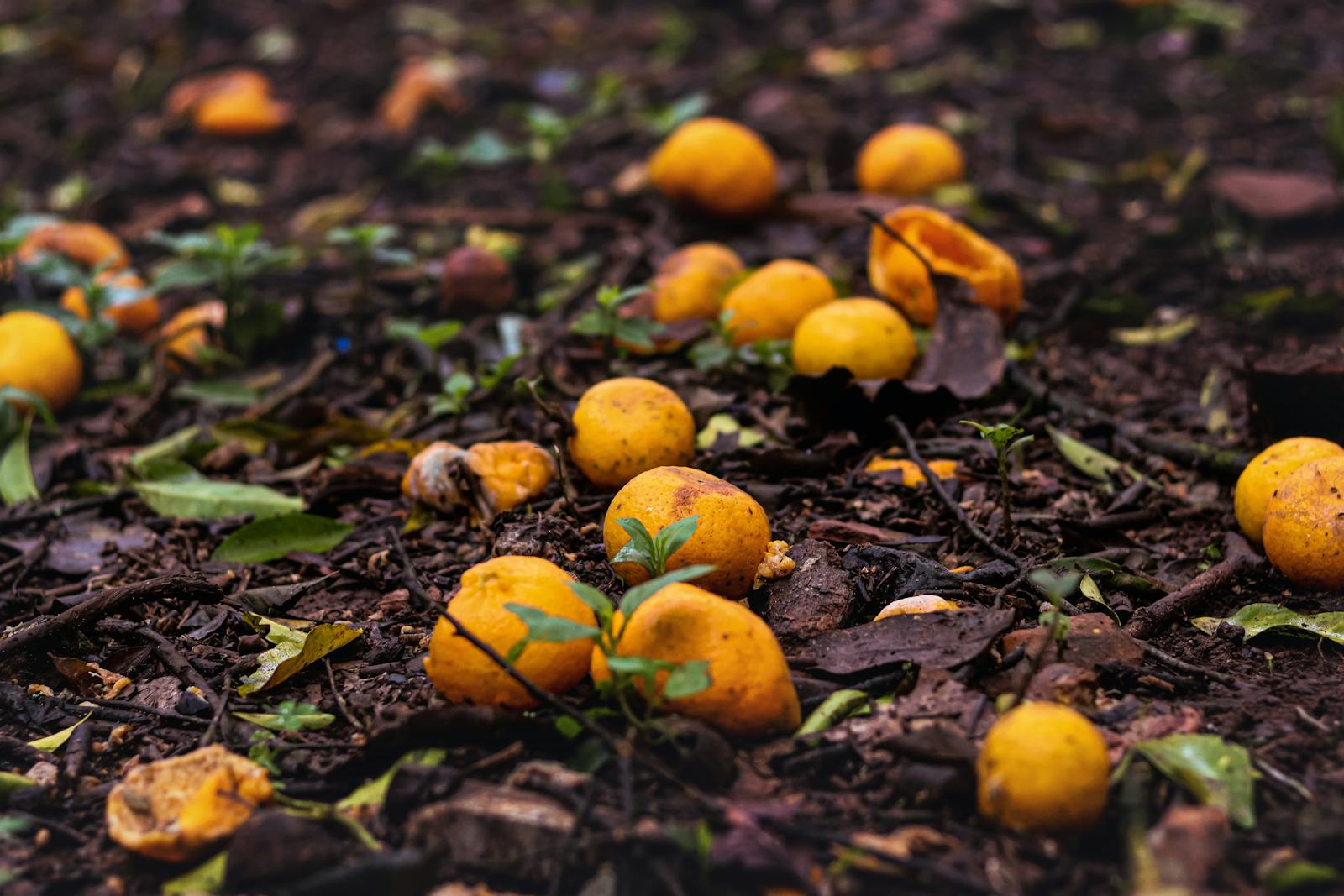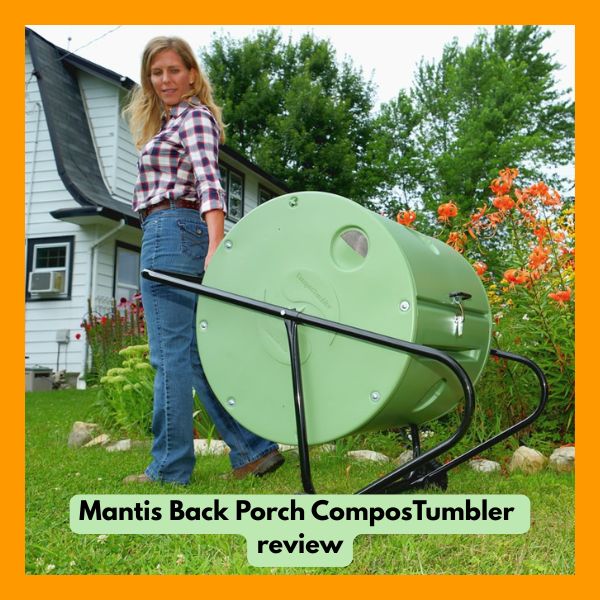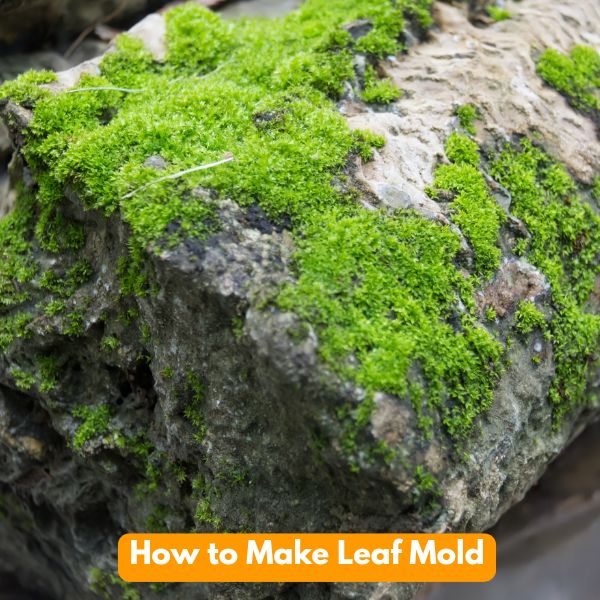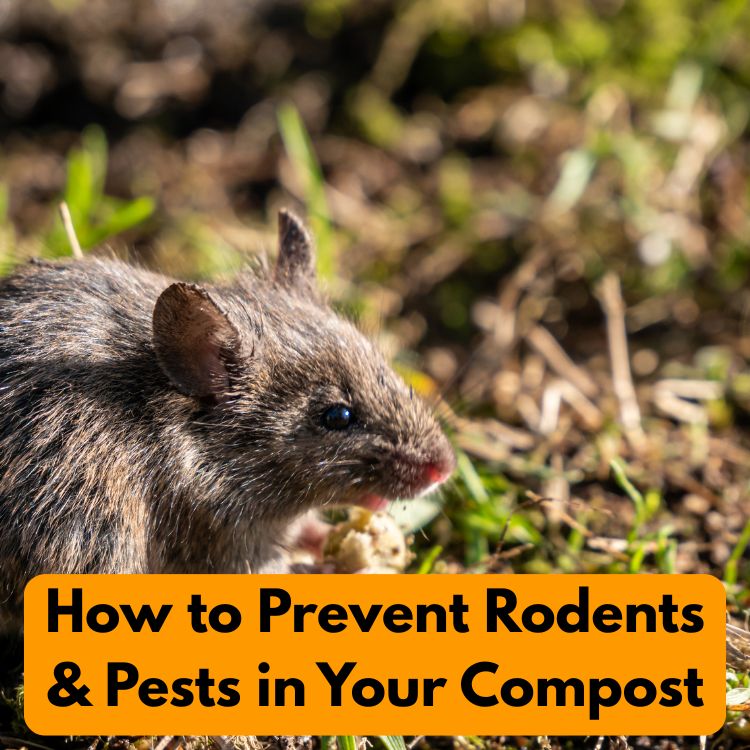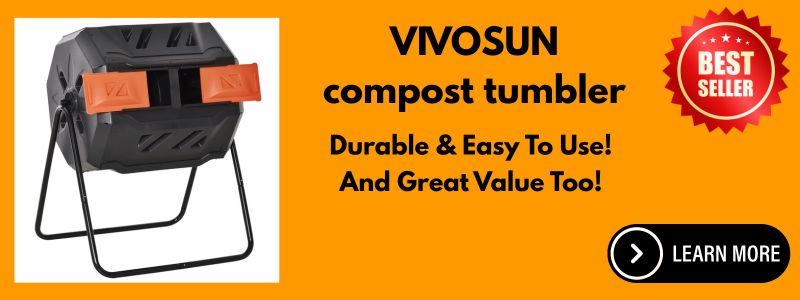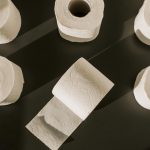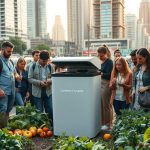How Anyone Can Turn Waste Into Garden Gold
Composting Made Easy brings simple steps and friendly advice for turning food scraps into rich soil. Start today and help your garden thrive.
If you’ve ever wondered what to do with all those kitchen scraps or piles of leaves in your yard, composting is the answer.
It’s easier than you think—and you don’t need to be a scientist or garden expert to make it work. Composting recycles everyday waste into something amazing for your garden, home, and local environment.
In this post, you’ll find friendly advice on compost, composting, vermicomposting, compost tumblers, and the tools that make the process work for everyone.
You’ll see why composting matters, how simple it can be, and how it’ll help you live a little greener starting today.
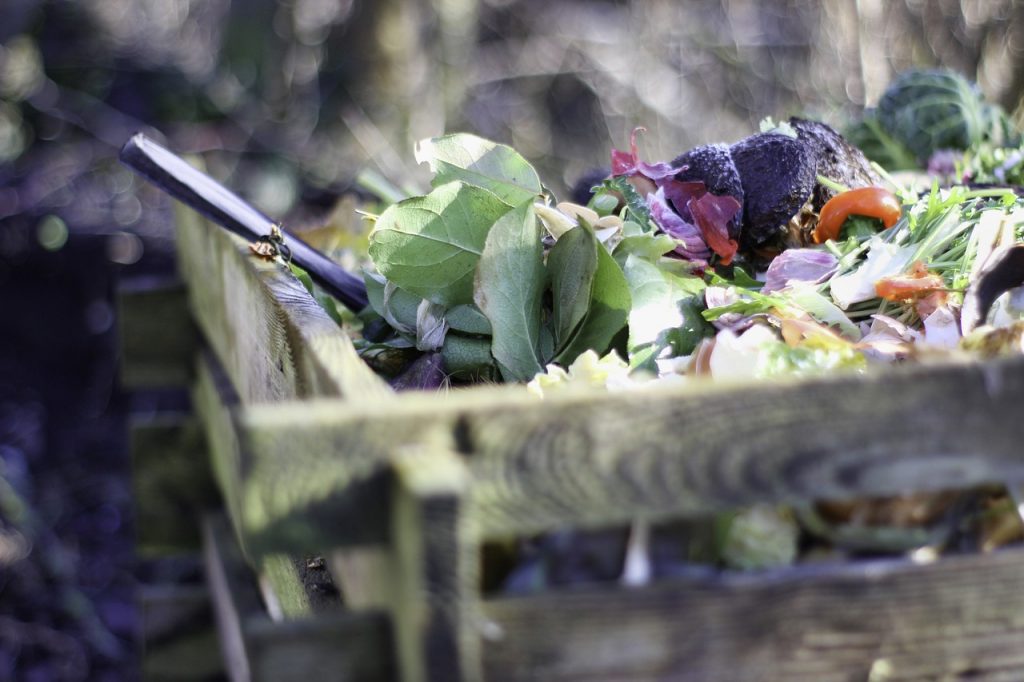
What Is Compost?
Compost is a natural, crumbly, dark substance that forms when organic things like food scraps or yard waste break down.
Think of it as nature’s way of recycling. When you add compost to soil, you’re not just using it as a fertilizer.
Compost also works as a mulch to keep weeds down, and a soil conditioner to improve how your soil looks and feels.
Why Use Compost in Your Garden?
Compost goes beyond feeding your plants. Here are some key benefits:
- Boosts nutrients and minerals in your soil.
- Helps soil hold water so plants survive dry days.
- Builds healthy roots for stronger, happier plants.
With compost, your garden is ready to grow its best.
Common Composting Challenges and How This Guide Helps
Composting can sometimes look confusing, with lots of rules and science talk. This guide is here to keep things simple.
You won’t need to understand every technical detail. Instead, you’ll learn practical steps you can use right away, no matter your skill level.
Overview of Composting Methods
Compost can be made in several ways, from turning piles with a fork to using special bins. This post spotlights easy, beginner-friendly techniques.
The no-turn composting method is one of the simplest, so if you want quick wins, keep reading.
What Is No-Turn Composting?
No-turn composting is exactly what it sounds like: you don’t have to turn your compost pile every week. Instead, you add the right types of materials to let air move naturally through the pile.
This method produces compost about as quickly as the regular turning method, but with much less work.
Traditional Turning vs. No-Turn Composting
| Feature | Traditional Turning | No-Turn Composting |
|---|---|---|
| Frequent Pile Turning? | Yes (weekly) | No |
| Effort Level | Higher | Low |
| Speed | Fast | Fast (with good airflow) |
| Key Ingredients | Mixed materials | Coarse materials (eg. straw) |
Materials Needed for No-Turn Composting
For best results, focus on materials that let air get inside the pile. Here’s what you’ll need:
- Straw (top choice for air pockets)
- Wood chips or coarse sticks
- Leaves (mixed with straw or chips)
- Kitchen scraps (not bones)
- Shredded cardboard or newspaper
Coarse items keep things loose so air can work its magic.
How to Build a No-Turn Compost Pile
It’s as easy as making a lasagna—just layer it up! Here’s how you do it:
- Lay down a base of straw or wood chips.
- Add a layer of fruit and veggie scraps on top.
- Sprinkle more coarse material.
- Keep adding layers, always finishing with straw or chips on the top.
- Avoid packing down the pile; keep it fluffy.
- When you need compost, scoop it from the bottom layer.
Let nature handle the mixing—no pitchfork required.
Why Aeration Matters in Composting
Oxygen is the secret sauce in any compost pile. Tiny helpers called microbes need air to break things down.
When you use coarse materials like straw, you make air pockets that keep the pile breathing and help those microbes thrive.
Composting With Leaves Only: Is It Possible?
Have nothing but leaves to compost? No problem. Leaf-only piles are simple and effective, especially in autumn.
You just need the right spot and a few easy tips.
Choosing the Right Location for Leaf Composting
Set up your leaf pile in a well-shaded area, like under a tree.
Shade helps the pile stay moist, which speeds up the composting process and keeps your leaves from drying out.
How to Maintain a Leaf Compost Pile
Keep leaf piles loose, not packed tight. Here’s how to care for a pile made of leaves only:
- Let air flow naturally—don’t squash the pile.
- Check the pile is damp, but not soggy.
- Wait about 4–6 months for the finished compost at the bottom.
Patience pays off with rich, crumbly results.
Limitations of Leaf-Only Compost
Compost made from only leaves lacks enough nutrients and microorganisms to use as a main fertilizer. Instead, use it as a soil conditioner to help your bed stay loose and healthy.
Essential Ingredients: Carbon and Nitrogen Sources
For balanced compost, you need both “browns” (carbon-rich) and “greens” (nitrogen-rich), even with no-turn piles.
Nitrogen sources:
- Fruit scraps
- Vegetable peels
- Coffee grounds
- Tea leaves
Carbon sources:
- Cardboard
- Sawdust
- Straw
- Pine needles
- Shredded newspaper
Mixing these keeps your compost happy and effective.
Materials to Avoid in Composting
Some things just don’t belong in your compost pile:
- Bones and meat scraps (they attract pests)
- Dairy products
- Glossy magazines or colored paper
Keep these out for a cleaner, safer bin.
Managing Pests in Your Compost Pile
Nobody likes fruit flies or the local raccoon causing trouble. Try these tips:
- Keep your pile covered with a tarp or a new layer of straw.
- Sprinkle lime or crushed eggshells (for calcium) over new scraps.
- Lime and calcium can also reduce bad smells.
A covered pile is a pest’s worst enemy.
How Lime and Calcium Help Your Compost
Odor neutralization is a key perk. Lime and calcium keep your pile from getting too acidic, which balances smells and makes the composting process smoother.
Best Practices to Keep Compost Simple and Effective
Composting is only hard if you try to make it fancy. Start simple:
Pro tip:
- Always toss in a good mix of coarse materials for airflow.
- Keep the pile just moist, never soaked.
- Scoop compost from the bottom when you’re ready.
Stick to these basics and your pile will work for you.
When to Harvest Compost From Your Pile
How do you know it’s ready? Look for:
- Dark, crumbly material
- Earthy smell, like fresh soil
- No sign of the original scraps
Harvest from the bottom every few months. Let the top keep working.
Using Finished Compost in Your Garden
Add compost right into your garden beds. Use it as mulch on top, as a soil conditioner mixed in, or as a gentle fertilizer for new plants. Just spread it and let the soil soak up the benefits.
Simple Tips for Beginners to Start Composting Today
Want to give it a try? Here’s your recipe:
- Gather your “greens” and “browns.”
- Build your pile, loose and layered.
- Water lightly if it’s dry.
- Try no-turn composting, or a leaf-only pile in shaded corners.
- Check every few weeks for compost at the bottom.
Stay patient—nature will take care of the rest!
If you’re curious about other options, including vermicomposting (using worms) or a compost tumbler, you’ll find even more tips at the Composting FAQ Bot for quick answers to common questions.
Common Composting Myths Debunked
Composting is smelly:
If you add the right mix and keep it covered, compost won’t stink.
You must turn compost every day:
Nope. No-turn composting works just as well for many people.
You can’t compost in small spaces:
Even small gardens or balconies can use mini bins, vermicomposting, or a compact compost tumbler.
For detailed starter advice, check out the Pine Needle Composting Guide for more composting ideas.
How Composting Benefits the Environment
Each compost pile is a mini recycling center in your backyard.
- Reduces landfill waste and methane gas.
- Returns nutrients to the earth naturally.
- Supports healthier plants and reduces chemical fertilizer use.
Small actions add up to a big difference for your community and the planet.
Frequently Asked Composting Questions (FAQs)
How long does it take to make compost?
Most home piles are ready in 3–6 months, depending on what you add.
Can I compost meat or bones?
No. These attract pests and take too long to break down.
What if my compost smells bad?
Add more carbon materials (straw or leaves), keep it covered, and make sure it’s not too wet.
Can I compost in winter?
Yes! The pile slows down but still works. Keep adding materials, and it’ll pick up speed when it warms up.
Summary of Tools and Materials Checklist
To get started you’ll need:
- Straw, wood chips, or leaves
- Kitchen scraps (no bones)
- Cardboard or shredded newspaper
- Watering can or hose (for moisture)
- Shovel or fork (optional for turning)
Optional: compost bin, garden gloves, lime or eggshells for odor control
Encouragement to Start Composting Today
Composting is easy, fun, and good for the earth. You don’t have to start big. Try a simple pile and see what happens. Your garden and the planet will thank you!
Want to share your composting tips or stories? Add them in the comments below—we’d love to hear from you.
Key Takeaways
- Composting turns everyday waste into garden treasure.
- Anyone can compost with simple materials and easy steps.
- No-turn and leaf-only piles work for busy or new composters.
- Avoid bones and dairy, and keep piles moist and airy.
- Finished compost is great for mulch, soil, and plant health.
- For more help, explore resources like the Composting FAQ Bot and Pine Needle Composting Guide at Compost Charm.

